Since I’m shooting concerts there’s always been that discussion in the pit about black and white concert photography. I’ve always avoided being drawn into that discussion as I don’t think that one can definitely say it is acceptable or not. To me it often sounds an awful lot like the “to photoshop” or “to not photoshop” discussion. Ultimately if the photograph is bad to start with, it is not a conversion to black and white that will save it.
The last such argument that I’ve witnessed (which was in the pit at a concert), and some questions from blog readers concerning my Epica post prompted me to write this post and “take sides”. That being said, not every photograph works in black and white, in fact most don’t, especially with concert photography, because of the lighting which is a key component of the show is rendered invisible by the conversion.
What I want to do with this post is demonstrate the positive or negative impact the black and white conversion can have on a photograph, and maybe demonstrate that a conversion doesn’t necessarily be a means to hide defects, whatever they are.
The next four shots are ones that worked better in black and white than in their original color. You can click on them to get a close look:
This shot from Ben Kowalewicz (Billy Talent’s lead singer) looked a bit dull to me in the blue tone, but the expression is great. The shot is better in black and white as it conveys more passion than on the mono one.
Machine Head’s lead Robb Flynn, is a very intense person. He really lives his music. This one “screamed” for conversion, the subtle change in Hue on the red background provides a great base for a conversion.
When I was selecting the pictures from Epica I didn’t notice this one straight away. It’s only a day or two later that this photo of their lead singer Simone Simons came to my attention. If there is one reference shot for a black and white conversion, this would be it.
Joe May from Pale Obsession was 100% into it at this point. The red vari-light on his face brings the intensity of the shot way down. A conversion solves that problem.
The next four shots are ones that loose in quality once converted to black and white for me, you can click on them to get a close look:
The colors at the Tori Amos performance were great. They actually help the photograph to come to life, getting rid of them would be taking away the impact of the picture.
This picture of James Morrison is full of emotion, the bright spot and smoke in the background actually make the atmosphere in this one. This and the harsh shadows on his face would brake this picture if converted to black and white.
I like the photograph of Jennifer Kae both ways. But the color version looks a lot more intense to me, the colors really fit well together and the warm tone in the background give a lot to the strength of the picture.
The lighting at Charlie Winston’s concert were very warm. They are somehow part of his music. Conversion would simply not fit to the music.

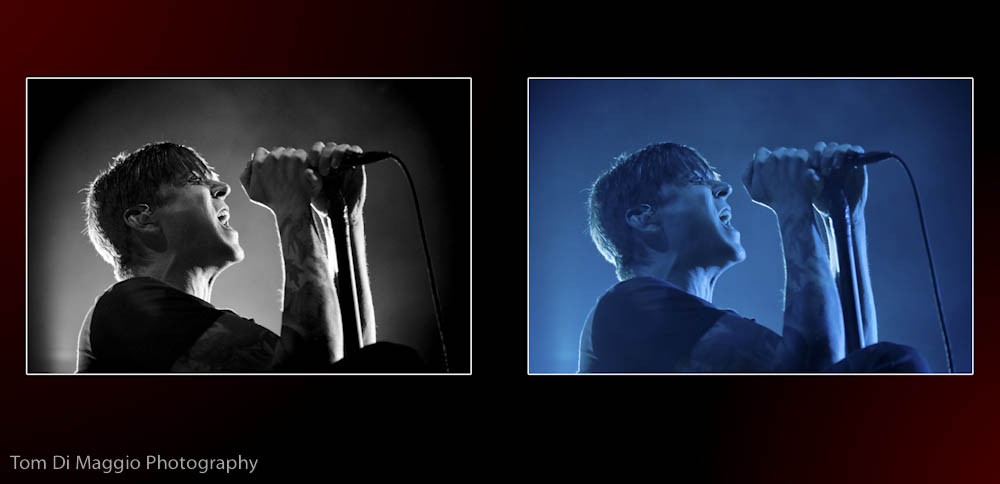
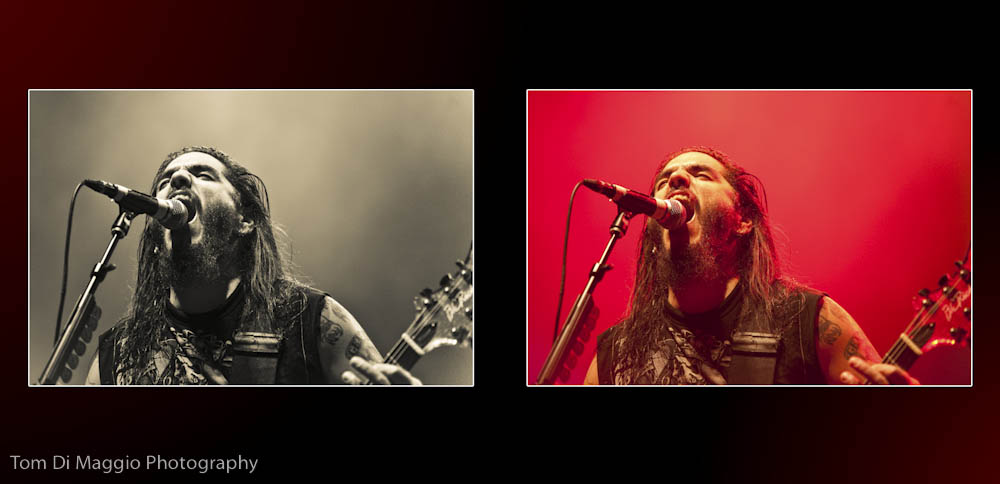
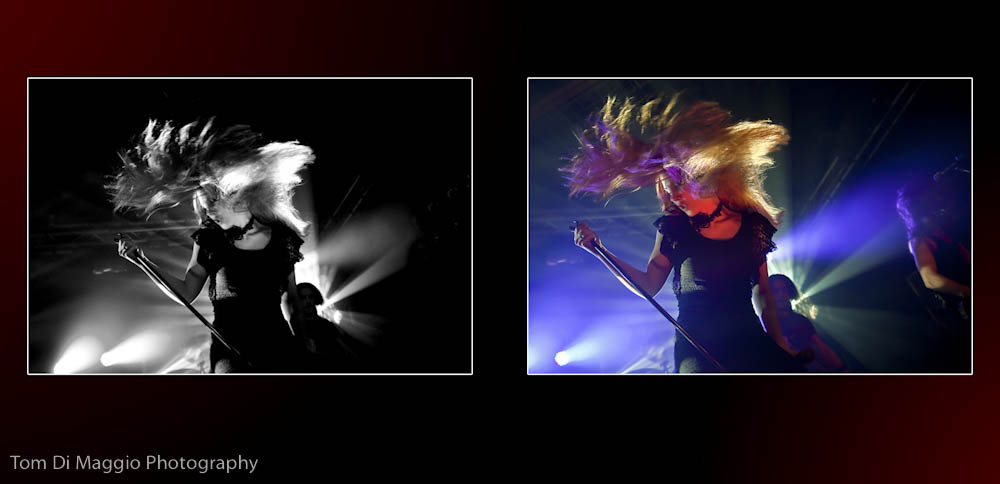
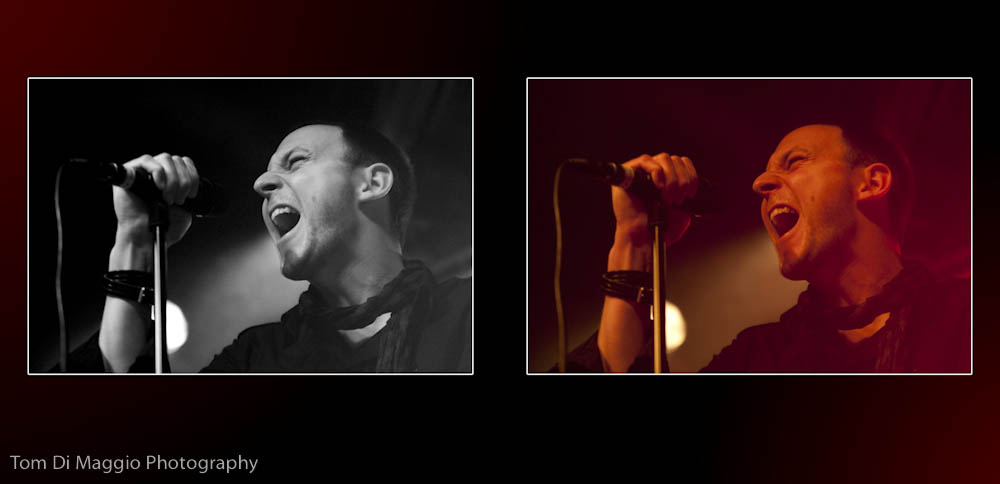
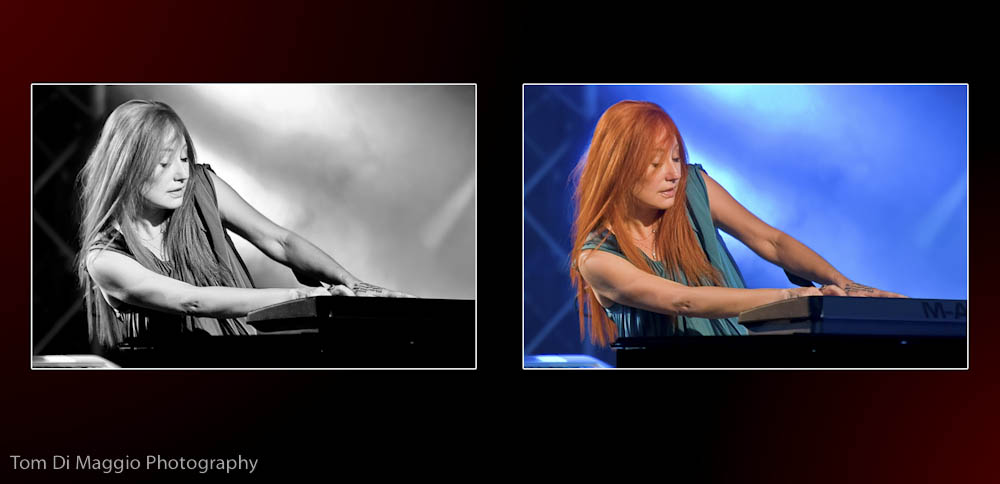
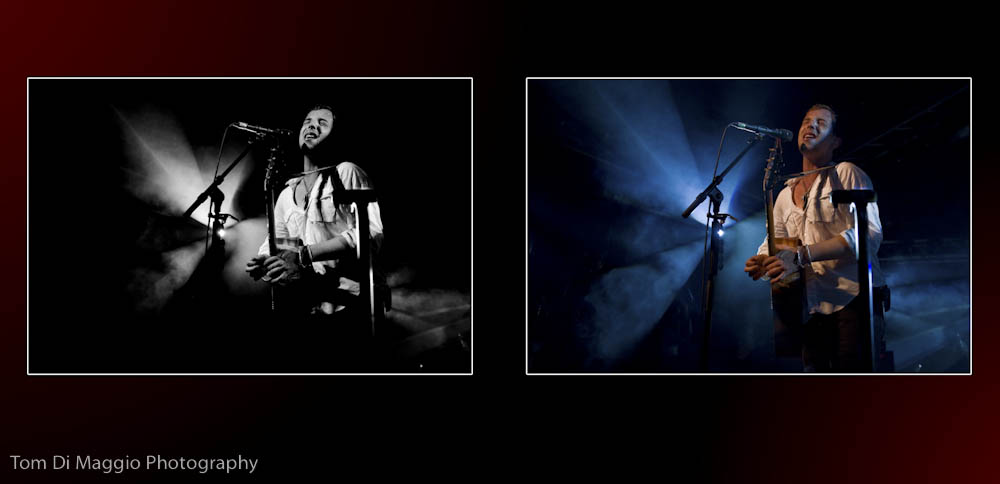
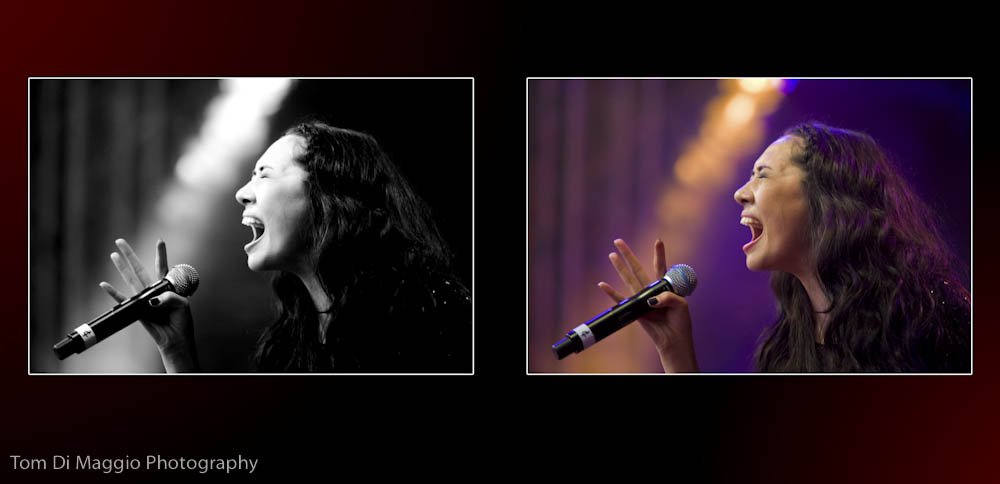
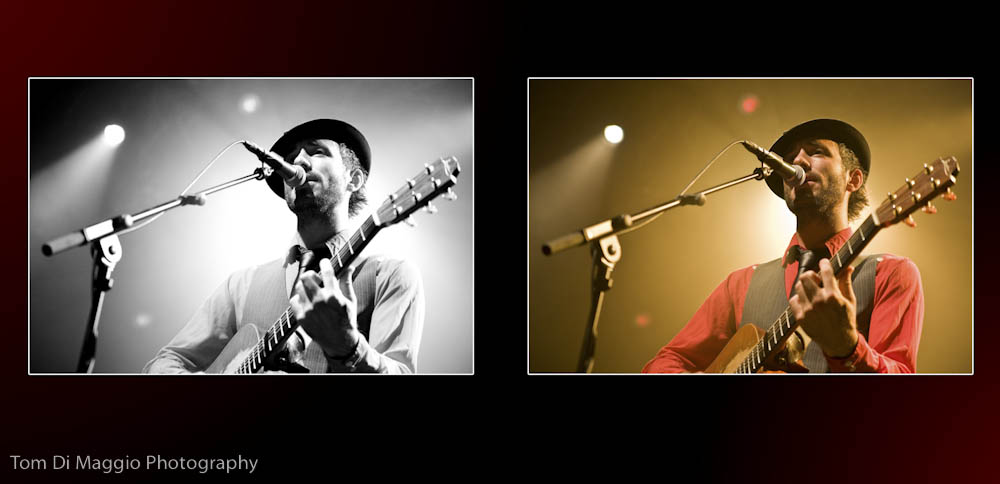
Leave a Reply